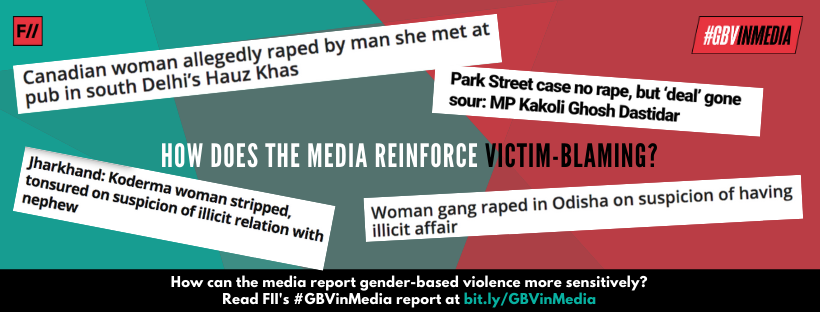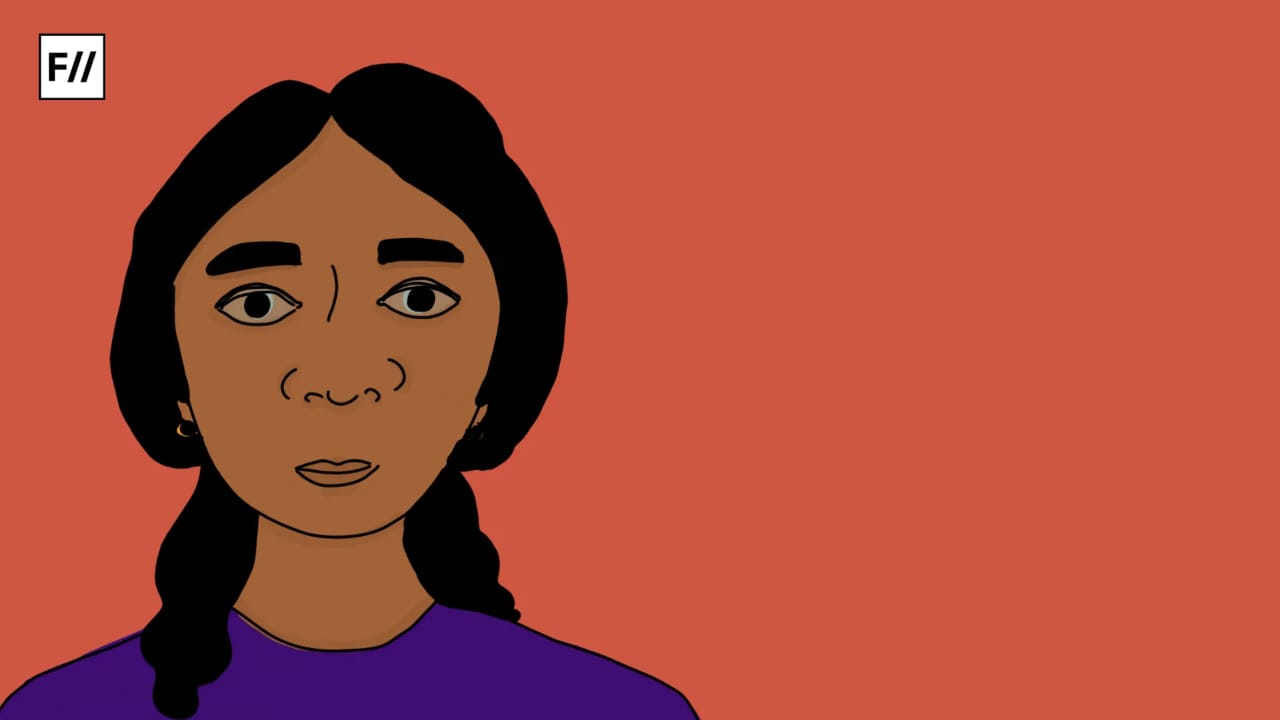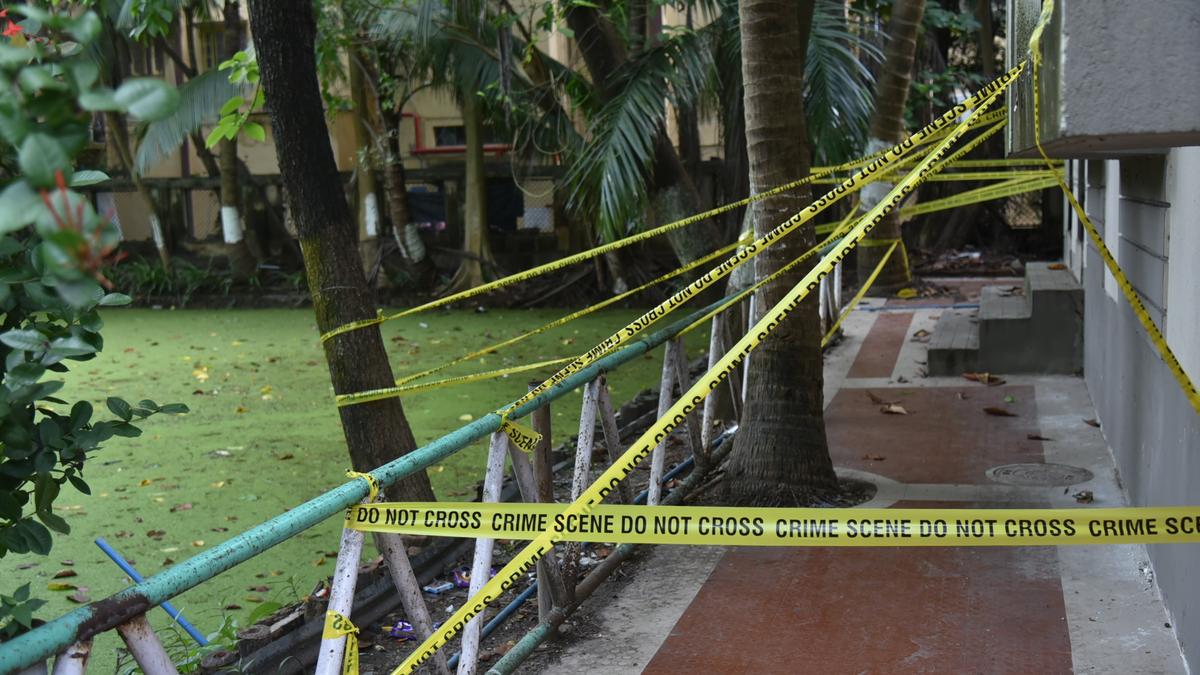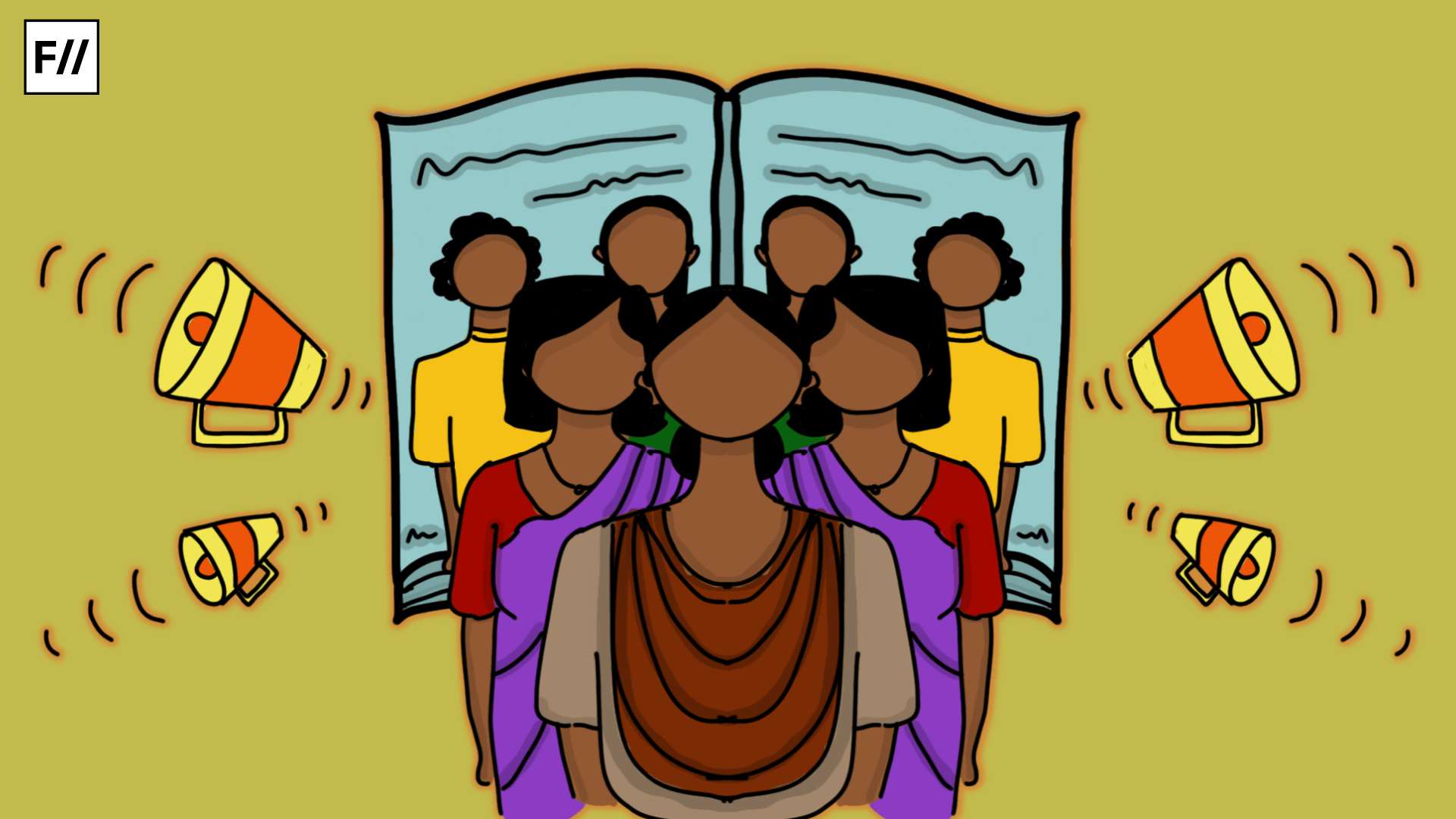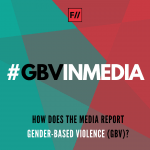 Editor’s Note: This article was written for the #GBVinMedia Campaign, which interrogates mainstream media’s reportage of gender-based violence from an intersectional feminist perspective. Many of these insights are based on the #GBVinMedia toolkit, released by FII as a guide for journalists and media professionals to report gender-based violence sensitively and ethically. If you wish to get in touch regarding this campaign, please email asmita@feminisminindia.com.
Editor’s Note: This article was written for the #GBVinMedia Campaign, which interrogates mainstream media’s reportage of gender-based violence from an intersectional feminist perspective. Many of these insights are based on the #GBVinMedia toolkit, released by FII as a guide for journalists and media professionals to report gender-based violence sensitively and ethically. If you wish to get in touch regarding this campaign, please email asmita@feminisminindia.com.When Suzette Jordan, deemed by the media as the ‘Park Street rape victim’, came out and acknowledged herself as the Park Street rape survivor, people who had always known her as the former weren’t ready to deal with it. Jordan herself was sick of the narrative of the survivor being shamed in the media. Even today, what most people remember about the Park Street Rape Case is that Jordan was ‘out dancing at a club at night’, and that she was ‘naive enough to accept a ride back home’, whilst they are clueless about the perpetrators. Such is the case with the reportage of many rape cases – it is always the lingering memory of what the survivor was wearing, whether or not she was out at night, if she was drunk etc., that comes to mind. This is only one of the ways that the culture of victim-blaming influences how the media chooses to report cases of gender-based violence (GBV).
What most people remember about the Park Street Rape Case is that Jordan was ‘out dancing at a club at night’, and that she was ‘naive enough to accept a ride back home’, whilst they are clueless about the perpetrators.
What is Victim-Blaming?
What does ‘victim-blaming’ actually mean? When the blame of a crime is partially or entirely shifted onto the survivor, it’s considered to be a case of victim-blaming. This perception that survivors are responsible for the actions of the perpetrators is extremely harmful and perpetuates a culture where there’s a lot of prejudice against the survivors of gender-based violence. It is very widespread and comes in many forms, but it can often be subtle and indirect.
Also read: How Has The Media Reported The Rohtak Gang Rape Case?
How does the Media Perpetuate Victim-Blaming?
The details that the media chooses to highlight while reporting rape and sexual violence can heavily influence the way its audience remembers that particular crime. It can determine whether an incident of rape is viewed in a way that shames the survivor, or in a way that affirms the agency of women and girls, and their right to safety and freedom from violence. How the media chooses to frame gender-based violence has direct ramifications on how society understands the phenomenon.
1. Amplifying Victim-Blaming Attitudes by Politicians or Legal Authorities

In the statement above, the headline reinforces an extreme victim-blaming mindset, implying that the survivor is a sex worker (she wasn’t), and therefore, deserved to get raped (neither this woman nor sex workers deserve to get raped). By making the quote as the headline, the media serves to propagate this derogatory image of the survivor.
Other examples would be headlines like, “Drunk woman raped”, “Raped woman was wearing a mini-skirt”, and “Woman partying out at night harassed”. What such statements seem to be missing is the fact that rape, like most cases of gender-based violence, is not about sex, but a violent crime about power and control.
2. Giving Extraneous Details about the Survivor
By choosing to include unnecessary details about the survivor, like her attire, level of inebriation, relationship history, and what time of the night she was out – especially when these details reinforce common victim-blaming mindsets – the media is implying that women who are of a certain “character” are the ones that face gender-based violence. The truth of course, is that women, regardless of whether or not they conform to moral standards set by society, face gender-based violence.

In the image above, headline elements like “Canadian woman”, “pub” and “South Delhi’s Hauz Khas” falls back on several stereotypes.– white women (who hang out at posh South Delhi bars) being “loose”, women who drink alcohol “invite” rape.

Similarly, by providing a motive (the suspicion of an illicit affair) for the crime, this headline ends up justifying it – maybe having an illicit affair is grounds for sexual violence, eh? The survivor of this crime is now viewed with judgment and stigma (for a suspected affair).
By giving reasons as to why a particular case of gender-based violence might have occurred, we encourage a dangerous culture which holds survivors responsible for the crime rather than the perpetrators. Not only should we discourage such reportage about gender-based violence in the media, but also challenge them.
3. Using Terms like ‘Confesses’ and ‘Admits’
When terms like ‘admits’ and ‘confesses’ are used in a report about sexual violence, “Woman admits to being raped”, for example, it suggests that the woman was somehow herself responsible for being raped and is saying something shameful. Rather than employing such words, the media should strive to use neutral language like “woman shares experience” and “woman reports rape” when covering cases of gender-based violence.
4. Using the Term “Corrective Rape”

The term “corrective rape” is often used to report cases of sexual violence against people who belong to the LGBTQIA+ community. It refers to the rape of people who are LGBTQIA+, or are suspected to be, in order to change their sexual orientation and force them to conform to heterosexuality. The term itself suggests that there is something to be corrected in the first place, while that’s entirely untrue. LGBTQIA+ identities are truly valid and in no need to be corrected. “Corrective rape” should instead be replaced with the term “homophobic rape” that reflect the intention of the crime.
Resources:
This article was written in consultation with Asmita Ghosh, the lead researcher of the #GBVinMedia toolkit by Feminism in India.
About the author(s)
Purnima is a wannabe writer and a want-to-be cat mom.
